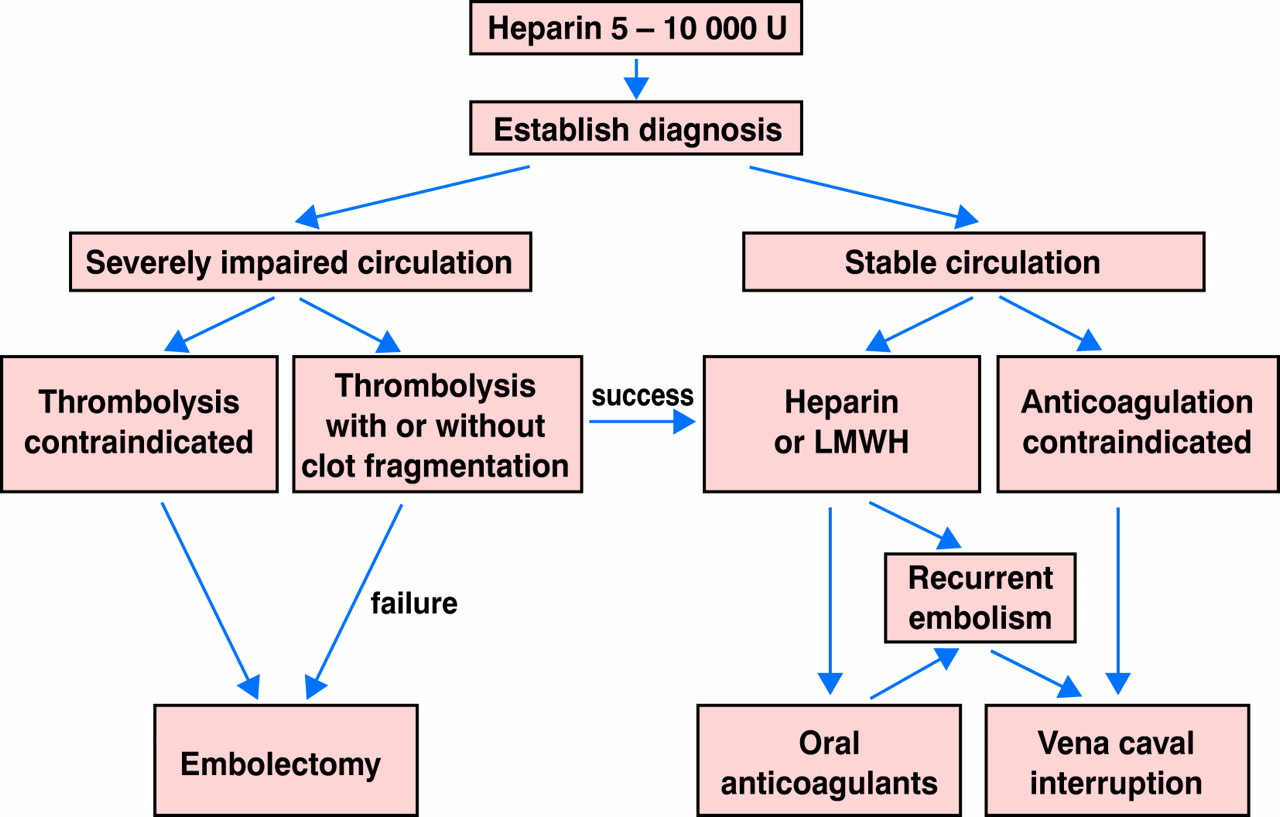

#Dic amniotic fluid embolism skin#
At this moment, we observed skin rashes on her neck, waist and limbs (Fig. The patient was transferred to the intensive care unit. Approximately 20 min later, vital signs returned to normal range, cyanosis disappeared and lung sounds were slightly coarse.

In the meanwhile, metaraminol, epinephrine and intravenous fluids were administration. The mask ventilation with 100% oxygen was applied, and 200 mg hydrocortisone was injected intravenously.

The patient complained of dyspnoea, and her lips and nails became cyanotic auscultation of the chest revealed bilateral scattered wheezing. Nevertheless, two minutes after the end of cesarean section, the patient coughed suddenly, her systolic blood pressure fell to 60 to 70 mm Hg, oxygen saturation to 60 to 70%, and the pulse increased to 110 to 120 beats per minute. The duration of surgery was 38 min, with an estimated blood loss of 300 ml. The sensory blockade reached the level of T6. Combined spinal-epidural anesthesia was administered in lateral decubitus at the 元-L4 interspace, with 2.5 ml of 0.5% isobaric bupivacaine. The nursing team placed catheter for fluid administration- a large-bore peripheral intravenous infusion catheter- followed by infusion of 500 ml of lactated Ringer's solution prior to anesthesia. On arrival at the operating room, the parturient without premedication was in slightly anxiety, but the vital signs and oxygen saturation were normal. Emergency cesarean section was scheduled for the parturient because of retention of fetal head descending and persistent occipito-posterior position.

The patient’s previous medical history was unremarkable. Early recognition and effective treatment are more important than prompt diagnosis.Ī 25-year-old nulliparous woman with a single pregnancy was admitted to the labor and childbirth service of our hospital at 40 weeks 4 days’ gestation for term prelabor rupture of the membranes. Even though serious complications of common perioperative drugs may rarely occur, anesthesia providers should be aware of the consideration. These observations have implications for understanding whenever administering drugs in surgery, which may affect the anesthesiologist’s judgment regarding the complications of anesthesia. We recognized that the postpartum shock was associated with delayed anaphylaxis of antibiotics. After given symptomatic treatment, the patient made an uneventful initial recovery in a short period and developed a rash. However, there is no quick, standard laboratory test for AFE, therefore the diagnosis is one of exclusion based on presenting symptoms and clinical course. Our patient experienced sudden cardiovascular collapse, severe respiratory difficulty and hypoxia, in the absence of other explanations for these findings at the time, and thus AFE was immediately become the focus of the consideration. Case presentationĪmniotic fluid embolism (AFE) is characterized by acute and rapid collapse and is well known to the obstetric team. For a healthy parturient, a cardiopulmonary collapse that suddenly occurs shortly after an uneventful caesarean section is a relatively rare event and presents a significant challenge for the anesthesia provider.


 0 kommentar(er)
0 kommentar(er)
